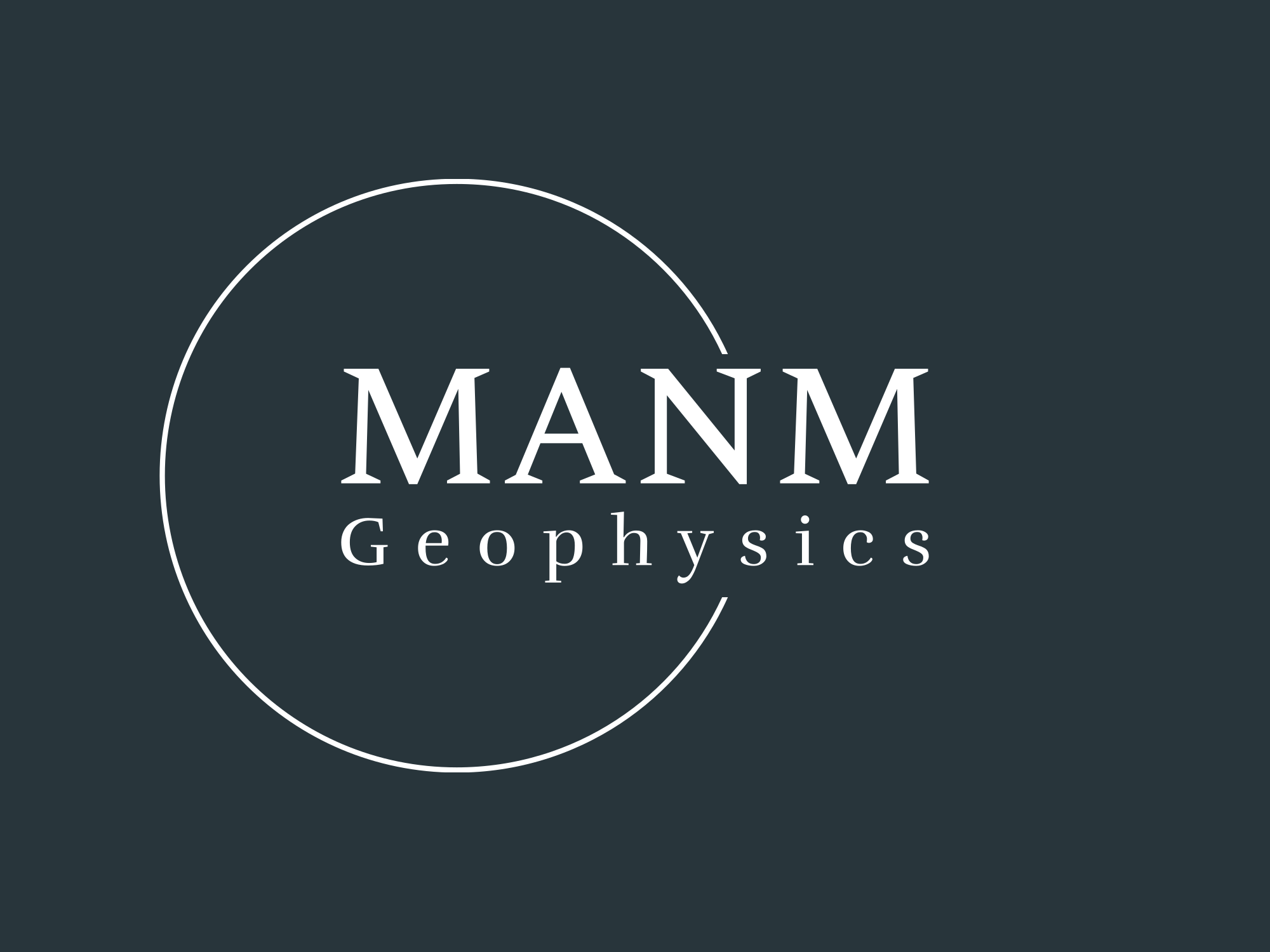A geophysical exploration plan typically outlines the objectives, methods, equipment, and procedures to be used in conducting a survey to investigate subsurface geological structures or resources.
The plan might include:
- Objectives: Clearly stating the purpose of the survey, whether it’s to locate mineral deposits, map underground water resources, identify geological hazards, or for any other specific purpose.
- Survey Area: Defining the geographical area to be surveyed. This could be a specific site or a larger region depending on the scope of the project.
- Geophysical Methods: Describing the geophysical techniques to be employed such as seismic surveys, electromagnetic surveys, gravity surveys, magnetic surveys, ground-penetrating radar, etc. Each method has its own advantages and limitations, and the choice depends on the geological conditions and the objectives of the survey.
- Survey Equipment: Listing the equipment required for data acquisition, processing, and interpretation. This could include instruments like seismographs, magnetometers, gravimeters, GPS units, computers with specialized software, etc.
- Survey Design: Planning the layout of survey lines or grids, spacing of measurement points, and other parameters to ensure adequate coverage and resolution of the target area.
- Field Procedures: Detailing how the survey will be conducted in the field, including safety protocols, data collection protocols, quality control measures, and environmental considerations.
- Data Processing and Interpretation: Outlining the procedures for processing raw data into interpretable results, and the methods for interpreting these results to derive geological or resource-related information.
- Reporting: Specifying the format and content of the final report, which typically includes background information, survey methodology, data analysis, interpretations, conclusions, and recommendations.
The survey results would vary depending on the objectives of the exploration, but they could include maps of subsurface geological structures, estimates of resource quantities and qualities, identification of potential hazards, or other relevant information.
These results are crucial for decision-making in various industries including mining, oil and gas exploration, environmental assessment, and civil engineering.

No Responses